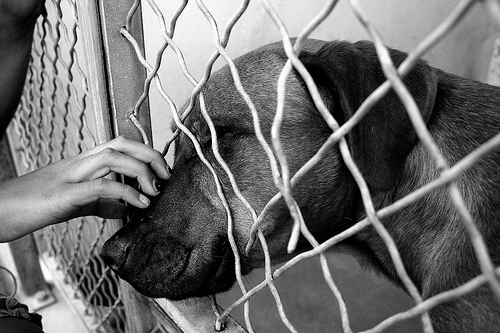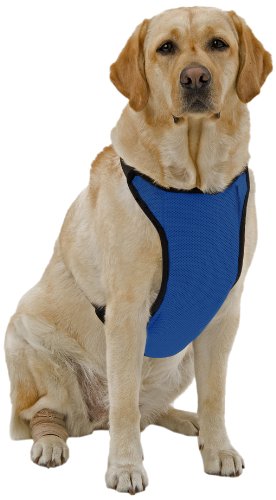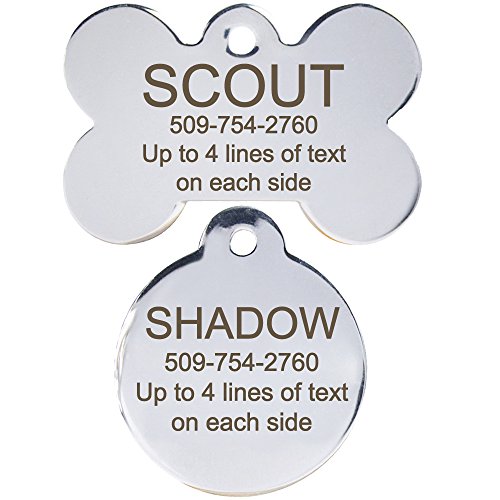
Once you have made your head that this electric dog fence is among the most appropriate type of containment for your dog, concentrate on the proper setting up this mechanism. However, learning the location that you would like to pay for before choosing an electrical dog fence. The total package includes a transmitter with the capability to enclose a region of around 25 acres. Likewise, additional cables are necessary for larger spaces. You'll need a minimum of 500 feet of wire that may encircle one-third of the land.
Wires and Transmitter
Create a sketch whilst planned that corners ought to be circular because right angles confuse the transmitter. The wire forming the border must make an unbroken circle returning to the transmitter.
The transmitter must positioned in a dry and secure such as your garage. Make sure the transmitter just isn't placed within a breaker box. Avoid potential intervention by using the transformer from water heaters or air-conditioning units. Our recommendation is that you bury the wires three inches beneath the ground. When the wires with the electric dog fence show, you can find perils associated with tripping them over or just being cut through the lawn mower.
Basic Reminders
You will need to figure out how close you would like your puppy as a way to get to the boundary with the electric dog fence without buying a warning. Adjustments can be achieved about the indoor transmitter. Some systems will continue to work up to 30 feet from the boundary. Provide your dog enough room to roam around and play without feeling any uneasiness.
 Dandie Dinmont, a Once Popular Dog Breed on Extinctions Edge
Heirloom HoundThe OriginatorMany of the organisms on th
Dandie Dinmont, a Once Popular Dog Breed on Extinctions Edge
Heirloom HoundThe OriginatorMany of the organisms on th
 7 Questions To Ask A Shelter Worker When Adopting A Dog
7 Questions To Ask When Adopting A Dog From A Shelter
Shel
7 Questions To Ask A Shelter Worker When Adopting A Dog
7 Questions To Ask When Adopting A Dog From A Shelter
Shel
 Cooling Vests For Dogs
Dogs feel the heat just like
Cooling Vests For Dogs
Dogs feel the heat just like
 Top 5 Tips to Potty Training a Puppy
Credit: Erin Patterson via Flickr
Top 5 Tips to Potty Training a Puppy
Credit: Erin Patterson via Flickr
 How to Find My Runaway Dog
If you are a dog owner, you
How to Find My Runaway Dog
If you are a dog owner, you
Copyright © 2005-2016 Pet Information All Rights Reserved
Contact us: www162date@outlook.com